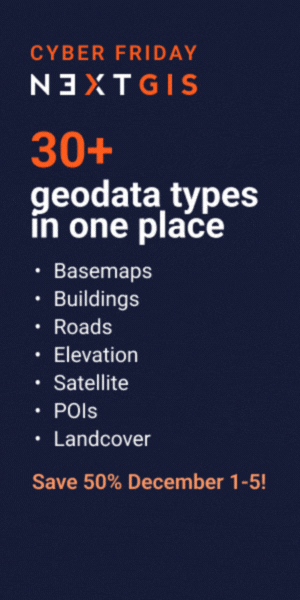
Help us identify the Top 100 geospatial companies and startups in the world!
At Geoawesomeness, we have always loved talking to companies and startups working with location data. Over the years, we had the privilege to talk to and blog about several companies in the industry who have gone onto change the status quo and created a name for themselves. Back in 2016, when Aleks created the list to answer the question – “what are the top 100 geospatial companies and startups in the world?”, we didn’t know that it will go on to become one of the most read articles on the site. Yeah, it has been more than two years since the first list was published and we need your help in updating it.
Why create such a list?
The primary objective of the list is to create awareness of the length and breadth of the industry; to serve as a database for people looking to keep updated about the industry. We are least interested in comparing companies and giving them a rank. We believe that the list is a step towards creating a comprehensive map of the industry (pun intended! ;-))!
Help us identify the Top 100 geospatial companies and startups in the world!
- Do you think a company deserves to be on the list? Let us know or better still forward them the link to this Google Form which has a few questions about their business and mission. We will review it and get in touch with them.
- Want to be involved more directly in shaping the list? We would love to talk to you! Here’s the email address where you can reach us.
What are the criteria for a company to be featured on the list?
The Top 100 Companies will be decided by a panel of GeoGeeks from across the world based on their expertise and knowledge of the industry.
We are always open to any questions or suggestions that you might have for us.






